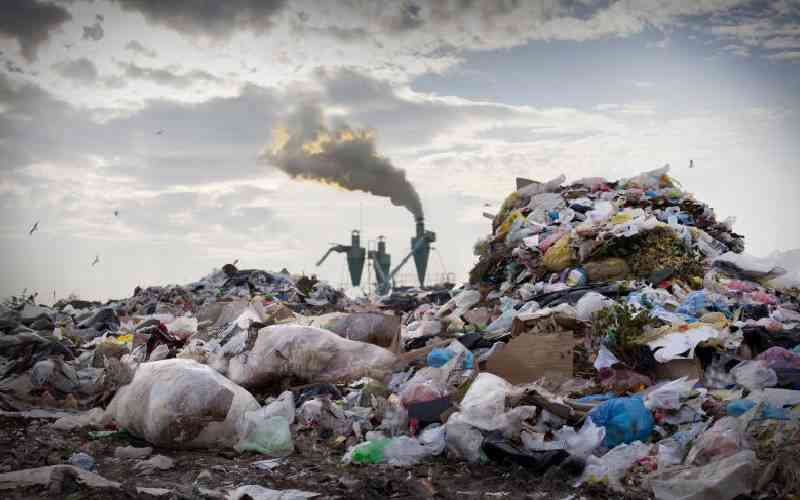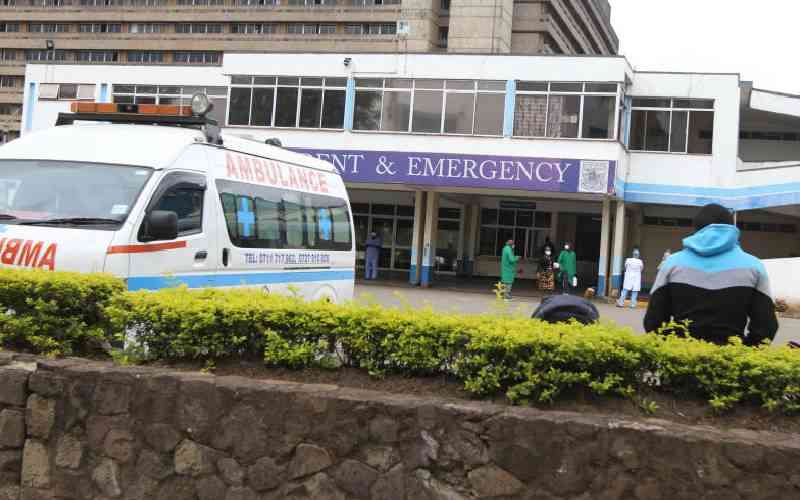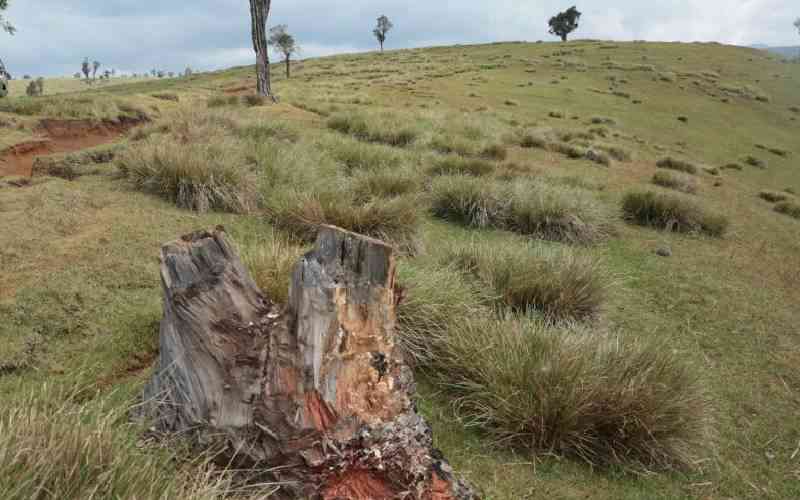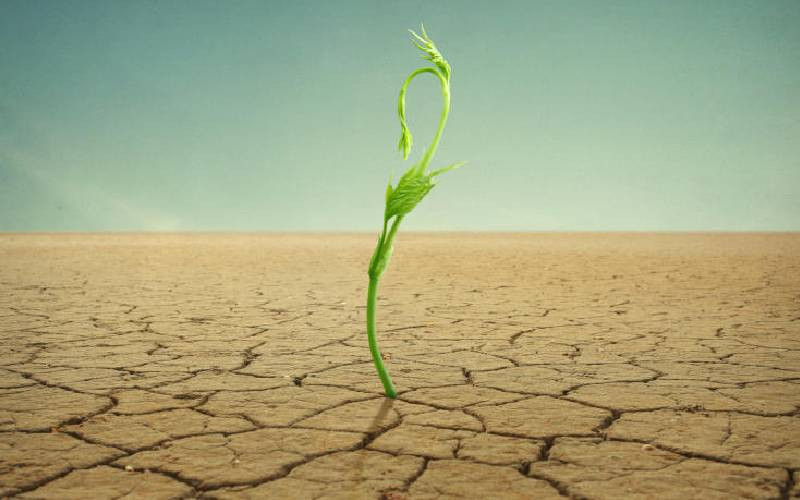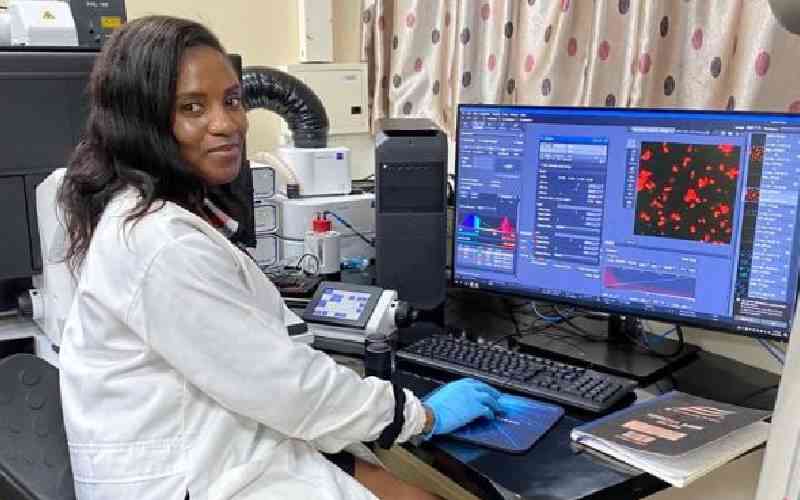
Pulses are among the earliest crops to be consumed by mankind. Research shows that cultures that have pulses at the centre of their menus have a relatively longer and healthier lifespan. Pulses come with many advantages to human nutrition and environment.
Unfortunately, their uptake remains low even as malnutrition continues to increase with the advent of climate change. This has been blamed on lack of awareness on the benefits of pulses.
In an effort to promote the production and consumption of pulses, 2016 was declared the International Year of Pulses by the United Nations in addition to the World Pulse Day celebrated every February 10, with the Food and Agriculture Organisation of the United Nations (FAO) taking the lead.
Last Monday, we celebrated these small leguminous grains that give us life - our pulse so to speak. It is probably an apt time to talk about pulses. Kenya and the region is currently experiencing a prolonged drought that has negatively impacted on the food security, subsequently increasing cases of malnutrition.
It is also a time when many lifestyle diseases and conditions emanating from poor diets are claiming lives. Yet this group of seed crops can offer a solution that many are yet to espouse.
Pulses are a group of nutritious superfoods, with a long shelf life, easy to cook that provide an affordable source of plant protein. Pulses are high in fibre, low in fat and contain no cholesterol. They are also rich in vitamins and minerals.
Having a good stock of pulses during emergency ensures a constant source of protein when households cannot access animal source proteins.
They include dried seeds of leguminous crops like green grams, beans, cowpeas seeds, pigeon peas, lentils, chickpeas, dry peas among others which produce edible seeds that come encapsulated in pods.
Pulses are a good vehicle for mineral bio fortification. Research institutions in Kenya have provided a variety of iron and zinc rich beans, which presents a good opportunity to eradicate micronutrient deficiencies.
The burden of lifestyle diseases is currently on the rise. Pulses can come in handy to deliver a healthy and curative diet. Pulses are low in fat and very rich in fibre and thus have the benefit of lowering cholesterol and subsequently control blood sugar. They are therefore of great benefit to people living with diabetes, obesity and heart conditions.
Pulses do not only help humanity, but they are also a great help to our environment and especially our degraded soils. Unlike other cereals, pulses fix nitrogen into soils. Agricultural extension agents have promoted their inter-cropping alongside other crops for this symbiotic relationship.
Pulses therefore not only improve soil fertility and increase the agricultural productivity but also add to diversity in diets. This ability to fix nitrogen further lowers the need for inorganic fertilisers. Growing of pulses also sequesters carbon, and this contributes towards lowering greenhouse gases emissions.
For sustainable agrifood systems, FAO's current Strategic Framework is anchored on the Four Betters - Better Production, Better Nutrition, a Better Environment and a Better Life. Pulses fit in Better Production. By fertilising our soils, they contribute to Better Nutrition in their richness, a Better Environment in reduction of the Carbon footprint and contribute to Better Life by their monetary worth.
Flowery as the pulses literature look; it is unfortunate to note that this miracle plants are yet to secure their niche in the flora hierarchy. At the consumer level many pulses are still underutilised despite their nutritional value. Pulses are yet to attract enough research to further uncover their utility.
Good policies around pulses might have come as a solution but they too are lacking. These are issues to ponder on as we promote the production and consumption of pulses.
This year's celebration of the World Pulse Day is unique in many ways. In 2021 the world participated in the food systems dialogues that culminated in a global Food Systems Summit.
This was a campaign that sought to bring all the actors in food systems onto a table to discuss the "menu" that is our food.
Among the deliberations was the glaring need for everyone to contribute towards sustainable transformation of agri-food systems from an economic, social and environmental perspective. Pulses perfectly fitted into this jigsaw.
 The Standard Group Plc is a multi-media organization with investments in media platforms spanning newspaper print
operations, television, radio broadcasting, digital and online services. The Standard Group is recognized as a
leading multi-media house in Kenya with a key influence in matters of national and international interest.
The Standard Group Plc is a multi-media organization with investments in media platforms spanning newspaper print
operations, television, radio broadcasting, digital and online services. The Standard Group is recognized as a
leading multi-media house in Kenya with a key influence in matters of national and international interest.


